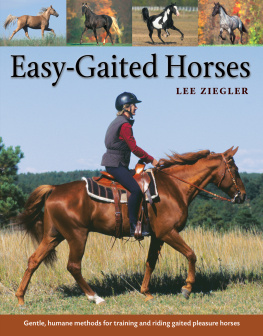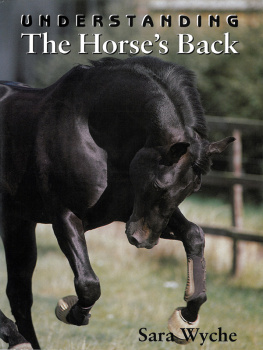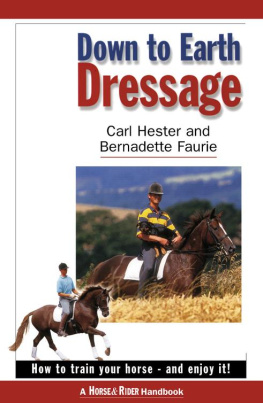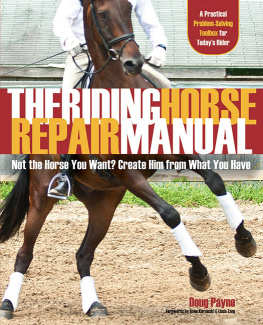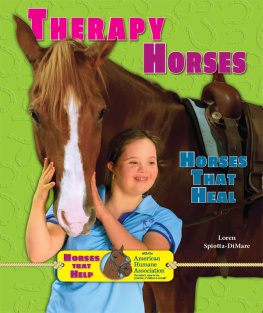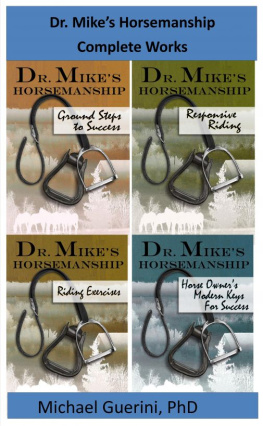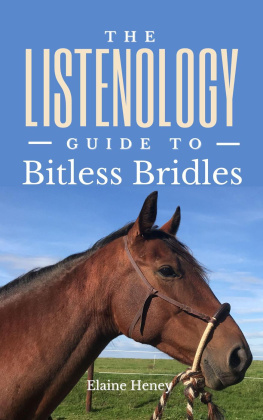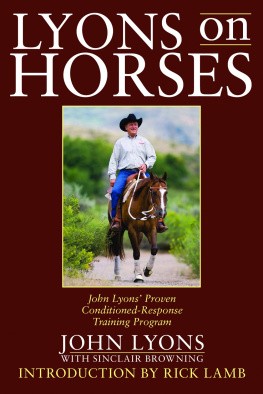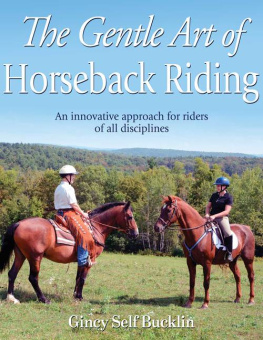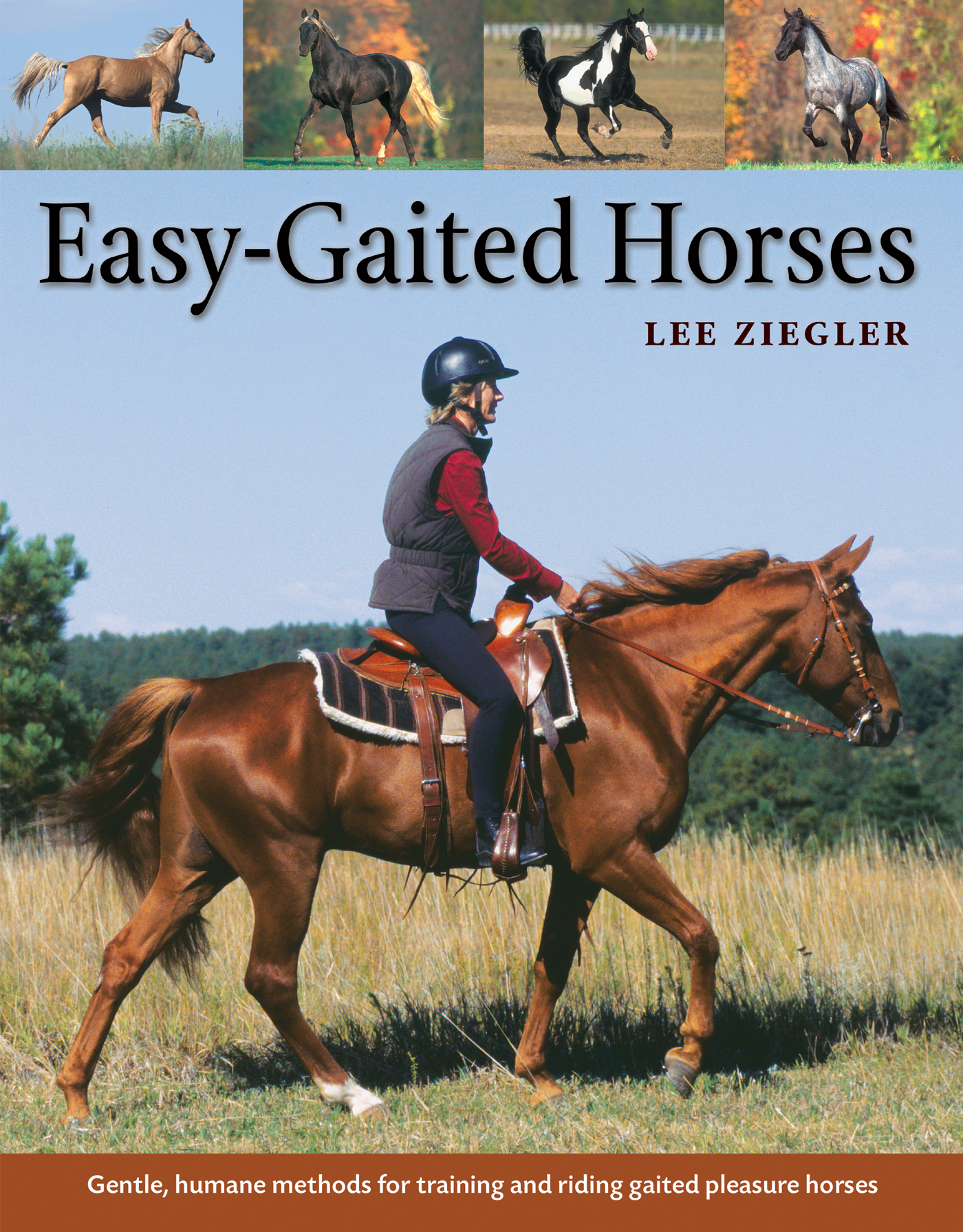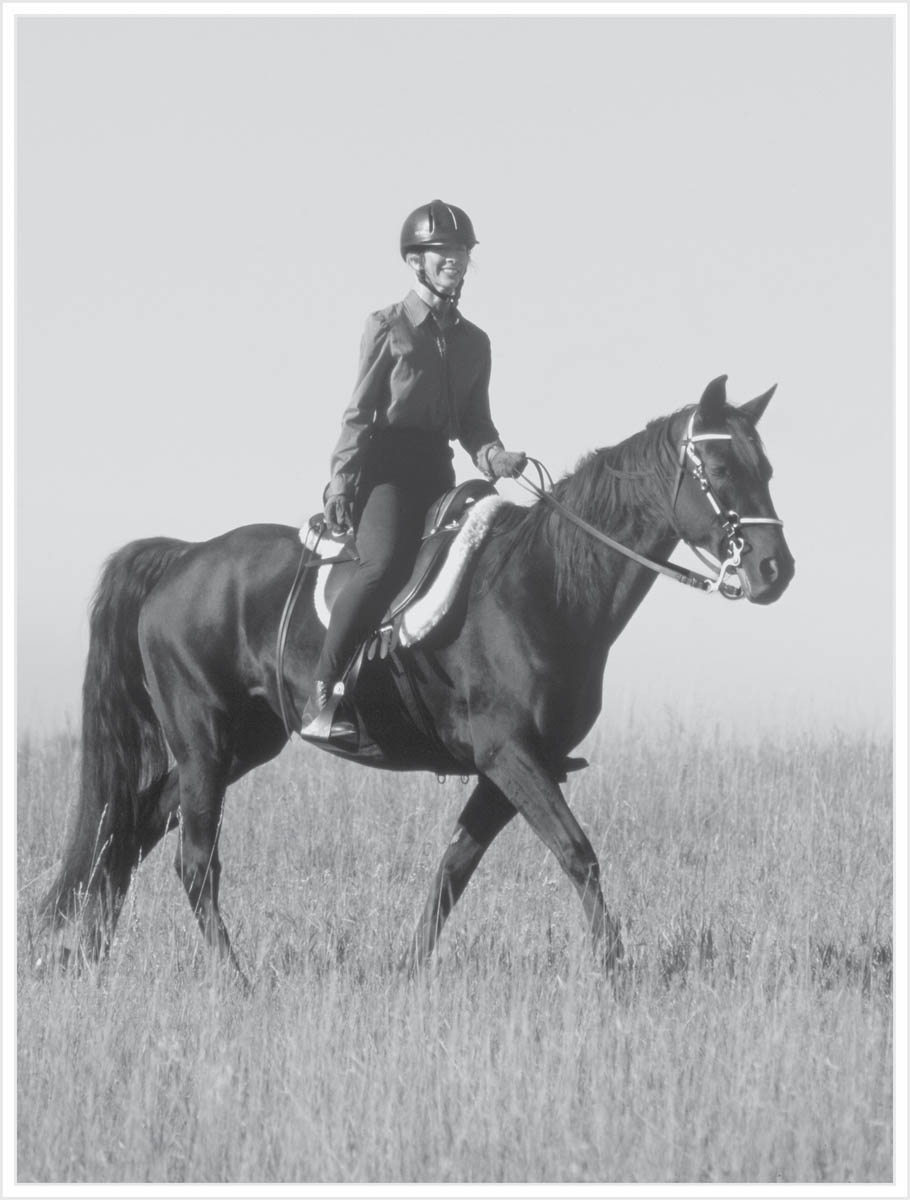For the horses, all of them.
Acknowledgments
This book would not have been possible without the many years of research done in musty libraries, obscure museums, stables (both clean and not so clean), and smoke-filled rooms around the world by my father, Lt. Col. J. W. Bradbury. I thank him for that and for passing on half the genetic makeup that made horses a necessity in my life. It would also not have been possible without the encouragement and kindness of my mother, Roberta, who gave me the rest of the genetic predisposition for horsemanship. And, of course, this book and I both owe more than I can say to my husband, Charles Ziegler, who has supported me quietly from the sidelines for the past 35 years while learning to love most of the objects of my addiction.
Besides my family, I am fortunate to have many friends who helped, taught, and encouraged me to learn more about these wonderful gaited horses. Rob McCartney has been a constant and sane resource for things to do with hooves and Walking Horses for almost 30 years. Carol and Hank Kuiper have provided a doorway into the world of the Paso Fino for more than 25 years. Dave Sena has generously shared his joy in Peruvian Paso horses with me for almost 15 years. And Glenn Clary, who was steeped in the traditions of both the vaquero and the dressage master, shared his methods, his thoughts on riding, and his wonderful understanding of horses of all gaited breeds with me for more than 20 years, until his death. I miss him.
This book exists almost entirely because Rhonda Hart Poe of The Gaited Horse magazine convinced me that it was possible and held my hand through it, and Deb Burns at Storey Publishing hung in there for me. I thank them both. I also thank Kit Darrow and Will Chester for helping with organization and clarity and Liz Graves for reviewing, encouraging, and cheering me on. Finally, I am grateful to the many horses, dear friends all, who patiently taught me what little I know during the past 50 years. To them, especially to Metronome, Cinnabar, and Isabella Louisa, I am eternally grateful. It has been a great ride!
Contents
Foreword
Even among established horsemen, gaited horses represent something of an enigma. So much about them seems so different from regular horses. I cant think of another aspect of the horse world with more myths, misunderstandings, and odd (often harmful) traditions than the gaited horse industry. Contradictions run rampant. Bad training techniques, poor riding habits, and quirky, ill-fitting tack are all too common. We have more old wives tales than a downtown beauty parlor.
Nevertheless, gaited horses represent one of the fastest-growing equine groups in the world. The reason is simple: The horses are wonderful. Its just we folks that are a little confused. What we need is an authoritative, sane, superbly educated, and experienced voice of reason to clear the confusion. Luckily for us, thats exactly what Lee Ziegler offers.
Nobody knows gaited horses better than Lee. With the seamless skill of Isaac Asimov explaining warped dimensions of science, she distills mysterious concepts to their simple truths. Her insight, depth of understanding, and natural talent as a teacher dissolve confusion with logic, clear explanations, and step-by-step, sensible information.
We are fortunate to have Lee Ziegler as a resource. In her youth she received the finest classical equine education from military cavalry officers. She has spent decades delving into the finer points of gait and equine biomechanics at the scientific level. She has observed and critiqued thousands of horses, first as a student, then as a trainer, and ultimately as a horse show judge and clinician. In her years of teaching she has never stopped learning. Her inquisitive nature wouldnt let her settle for less than clear, specific answers.
Because she has done all this, we dont have to. All we have to do to benefit from this amazing wealth of hard-won knowledge is turn the page.
Rhonda Hart Poe
Co-founder and Editor of The Gaited Horse magazine
Introduction
Easy-gaited horses have always been a part of human equestrian culture. Prehistoric drawings on cave walls frequently depict horses moving in gaits other than the walk, trot, and gallop of the non-gaited horse, and stone carvings from many parts of the world show horses that are clearly ambling or pacing.
The earliest text on training horses, which was discovered near present-day Ankara, Turkey, was written around 1360 bce. Produced as a cavalry manual for the Hittite King Sepululiumas, it was probably dictated to a scribe by the kings horse master, Kikkulis, a member of the Mittanni people who came from an area now part of western Iran. This text, written in Hittite and in Mittanni, refers to training horses in a gait other than a walk or trot, generally translated as an amble. Most ancient peoples, including the Assyrians, the
Chinese, the Greeks, and the Egyptians, depicted ambling horses in their art. The Romans distinguished gaited horses as ambulators, while calling trotting horses tortores or torturers. During the Middle Ages, when European roads were virtually impassable, easy-gaited horses were the prized possessions of the wealthy and were frequently mentioned in their last wills and testaments at ten times the worth of non-gaited horses.
As the Americas were colonized, easy-gaited horses found a new role providing comfortable transportation through the wilderness of the developing colonies. Although they gradually disappeared from Europe during the 1600s, replaced by trotting carriage horses, carthorses, and racehorses, easy-gaited horses were still appreciated in remote areas of Asia and Africa, as well as in rural areas of the Americas. Wherever and whenever humans relied on riding horses rather than driving horses for transportation, the easy-gaited horse was present and valued.
What Is an Easy-Gaited Pleasure Horse?
Times have changed. Today, few people in the world rely on horses for transportation; we ride for sport or recreation, not for necessity. As a result, the term gaited horse has in some cases, especially in the United States, become synonymous with the flash and exaggeration of the show ring. Those high-stepping show horses seem to have little in common with the hardy breeds who carried our ancestors through the wilderness of the New World. They may be gaited, but they certainly arent pleasure horses.
Those of us who prefer the peace and quiet of a shady bridle path or scenic trail to the glamour of show-ring competition want a different type of horse. We want horses that are calm, obedient, relaxed, alert, sure-footed, consistent in gait, and easily maneuvered with little effort from the rider. Fortunately, there are plenty of gaited horses that are not constrained by the demands of the show ring and, when trained correctly, they make ideal pleasure horses because they provide a smooth ride in addition to these other qualities. An easy-gaited pleasure horse may do any of a number of easy gaits, as long as the gait is comfortable and not tiring to him over the course of a long day on the trail. He may belong to any of the known gaited breeds, belong to a breed not known for gait, or simply be a grade horse with an extra gait that allows him to be comfortable on the trail. His smoothness of gait and ease of handling are what make him a pleasure to ride.

